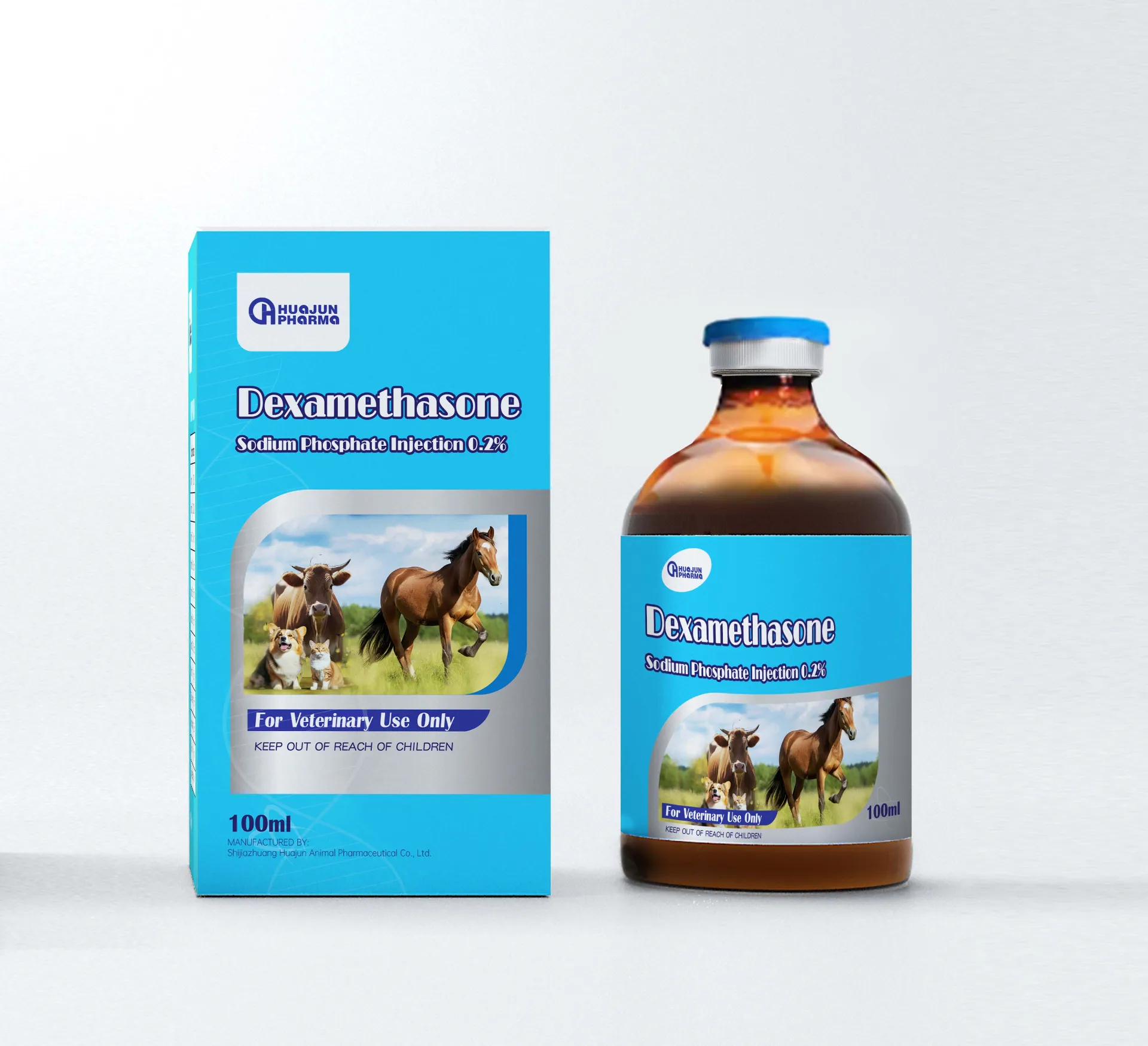
Set . 22, 2024 07:53 Back to list
custom canine distemper
Understanding Canine Distemper A Comprehensive Guide
Canine distemper is a contagious viral disease that affects dogs of all ages, but it is especially severe in puppies and unvaccinated adults. Caused by the canine distemper virus (CDV), this disease poses a significant threat to the canine population, leading to high mortality rates if not properly managed. Understanding the symptoms, transmission, prevention, and treatment options is crucial for dog owners to protect their pets from this debilitating illness.
Symptoms of Canine Distemper
The symptoms of canine distemper can vary, often appearing in multiple stages. The initial phase mimics a common cold, presenting with nasal discharge, coughing, and fever. As the disease progresses, it can affect the gastrointestinal and nervous systems, leading to more severe symptoms such as vomiting, diarrhea, seizures, and even paralysis. Skin infections and secondary bacterial infections can also arise due to the immune system being compromised. The progression of these symptoms highlights the importance of early detection and veterinary intervention.
Transmission of the Virus
Canine distemper is primarily spread through respiratory droplets from an infected dog’s cough, sneeze, or even shared food and water bowls. The virus can also be transmitted through contaminated surfaces, making it essential for dog owners to maintain a clean environment. Puppies are particularly vulnerable due to their immature immune systems, which emphasizes the need for vaccinations at an early age. Adult dogs, especially those that have not been vaccinated or have diminished immunity, are similarly at risk.
custom canine distemper

Prevention Strategies
Vaccination is the most effective way to prevent canine distemper. The vaccine, often administered as part of a combination shot (DHPP), should start at around six to eight weeks of age, with booster shots following up to 16 weeks. Regular vaccination schedules, as advised by a veterinarian, help ensure continuous protection throughout a dog’s life. Additionally, dog owners should minimize their pets’ exposure to unvaccinated dogs and crowded environments, especially during outbreaks.
Treatment Options
If a dog is diagnosed with canine distemper, immediate veterinary care is crucial. There is no specific cure for the virus, but supportive care can significantly improve the chances of survival. Treatment may include intravenous fluids to prevent dehydration, medications to control seizures and symptoms, and antibiotics to address secondary infections. The prognosis can vary greatly depending on the severity of the symptoms and how quickly treatment is initiated.
Conclusion
Canine distemper remains a serious health threat to dogs worldwide, but with proper vaccination, vigilant monitoring of symptoms, and prompt veterinary care, dog owners can protect their pets from this potentially fatal disease. Regular check-ups and maintaining awareness of canine health issues are essential components of responsible pet ownership. By educating themselves and taking proactive measures, dog owners can ensure the well-being of their furry friends and help curb the spread of canine distemper.
-
Top Hemoglobinuria Manufacturer & Supplier Reliable Hemoglobinuria Factory Solutions
NewsJun.24,2025
-
Premium Honeysuckle Products - Leading Honeysuckle Manufacturer & Supplier Factory
NewsJun.10,2025
-
Pulmonary Edema Solutions from Leading Manufacturer & Supplier Reliable Factory Price
NewsJun.10,2025
-
Red Eyes - Leading Red Eyes Manufacturer & Supplier, Premium Quality Factory Price
NewsJun.10,2025
-
Broiler Ascites Syndrome Solutions Top Manufacturers
NewsJun.10,2025
-
Premium Amoxicillin Suppliers Reliable Biomox Mexican Factories
NewsJun.10,2025




